Practical magic: how research bewitched two Charles Center students
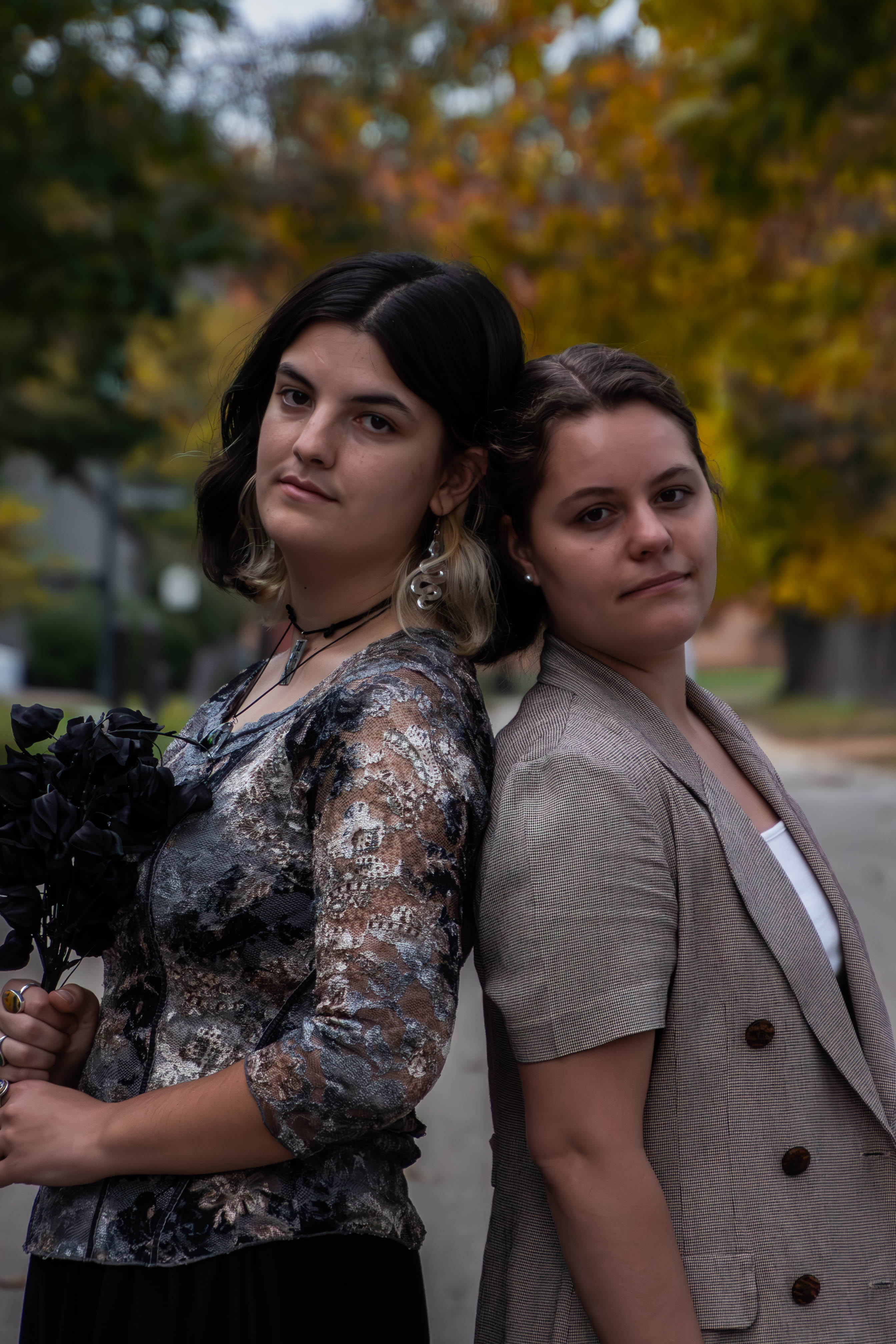 Classic horror tales present a diverse array of unexplained phenomena—from ghosts to aliens to that uneasy shiver that runs down your spine when walking down a dimly lit street. The draw of suspense and adrenaline that accompanies the horror genre has even given birth to entire film festivals and theme parks.
Classic horror tales present a diverse array of unexplained phenomena—from ghosts to aliens to that uneasy shiver that runs down your spine when walking down a dimly lit street. The draw of suspense and adrenaline that accompanies the horror genre has even given birth to entire film festivals and theme parks. In 2020 the American Psychological Association reported that 55 percent of Americans described themselves as horror fans. But this genre is not simply isolated to imagined tales or a fear of the dark—many conventional horror tropes are rooted in a very real past.
“There is something at work in my soul, which I do not understand,” writes author Mary Shelley in her 1818 novel “Frankenstein.”
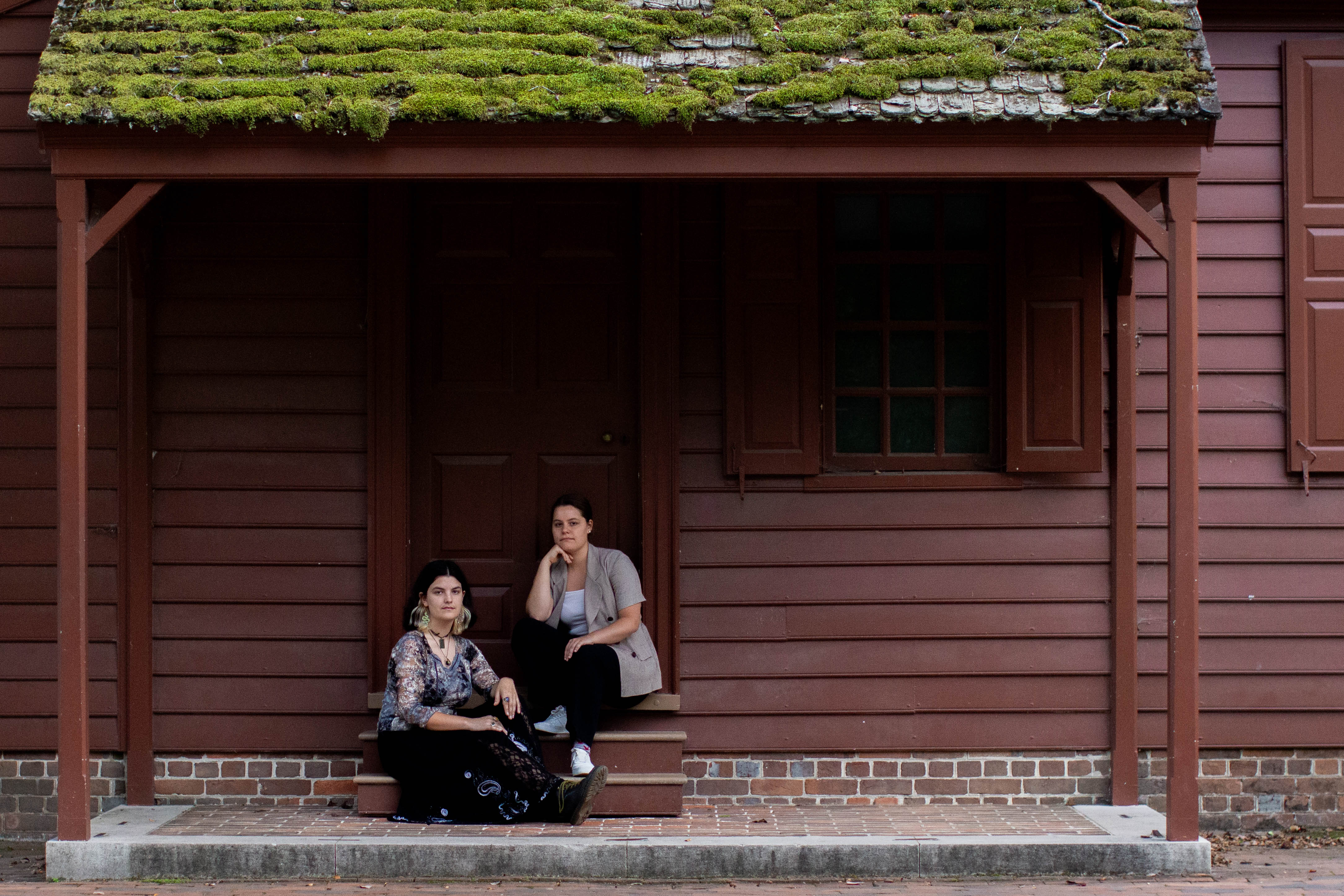
Caroline Leibowitz ’24 and Isabel Pereira-Lopez ’24, however, wish to understand the unexplainable, to travel down the roads that make the rest of us shudder with fright. They are currently working on separate research projects focused on the historical past and present of witchcraft.
Leibowitz and Pereira-Lopez are not interested in stereotypical cauldrons, broomsticks, and pointed hats. They seek to tell the truth about the history of witchcraft, from witch trials in the Iberian Peninsula to real modern-day witches, or those who identify as Wiccan or Pagan.
Both students received funding from the Charles Center to pursue these interdisciplinary projects, and their work highlights the ways in which research can connect participants to subjects across significant spatial and temporal differences. Leibowitz and Pereira-Lopez facilitated relationships with the past and present, demonstrating how research can challenge traditionally held assumptions and have real-world implications for the betterment of various communities across the globe.
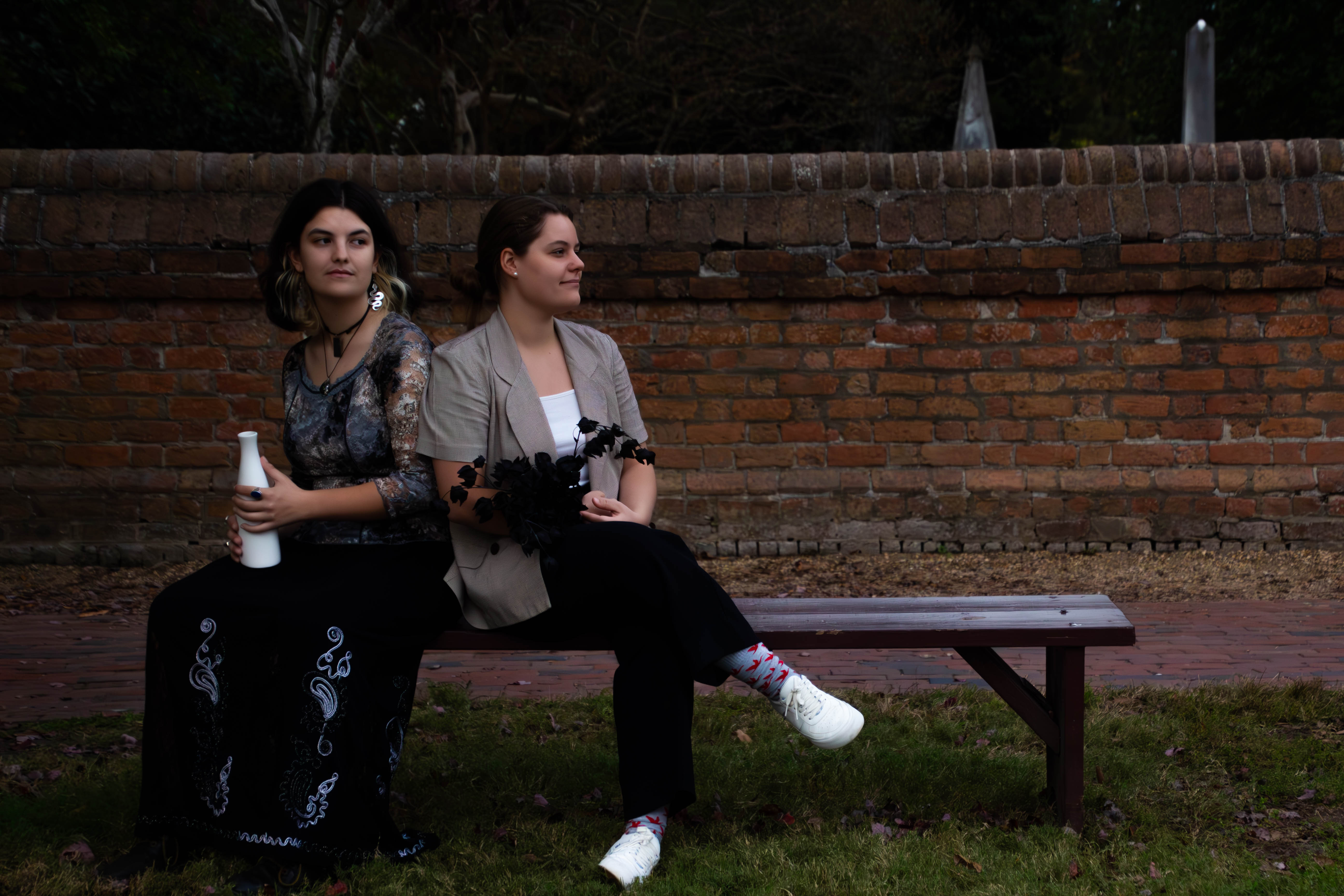
“I got into this research because Professor Lu Ann Homza in the history department had a witch-hunting class, and her research focuses mostly on witchcraft in Spain,” Pereira-Lopez said. “My parents are Spanish, so I was interested in Iberian history.”
Pereira-Lopez's research was funded by the Charles Center through the Monroe Scholars Program and focuses on practices of magic and superstition that were seen as threatening during the 18th century in the Iberian Peninsula.
When she studied abroad at the University of Oxford in England, Pereira-Lopez was able to expand her knowledge of witchcraft in Spain. At this time during the Spanish Inquisition, the prosecution of alleged witchcraft was supposed to be prohibited due to instances of false testimony and the execution of innocents. Despite this, there is a plethora of documentation about one witch trial that captured her attention.
“People still feared it even after the theology decided that witchcraft wasn’t as big of a threat as it was thought it might be,” Pereira-Lopez said. “I focused on a close reading of this case to figure out why people were accusing this person of witchcraft.”
The subject of this trial was a woman named Casilda de la Puente, whom Pereira-Lopez feels much closer to as a subject after spending so much time reading about her. Casilda died in prison while awaiting a final verdict, so nothing is known about the potential penalty that would have been granted by the Inquisition.
“The Inquisition questioned about 16 witnesses—they thought it was a problem,” Pereira-Lopez said. “The biggest threat that people in the village saw, the most explicit one, was the death of infants. That was the most traditional image of a witch was that they were a threat to fertility, to children -- threats of indoctrination.”
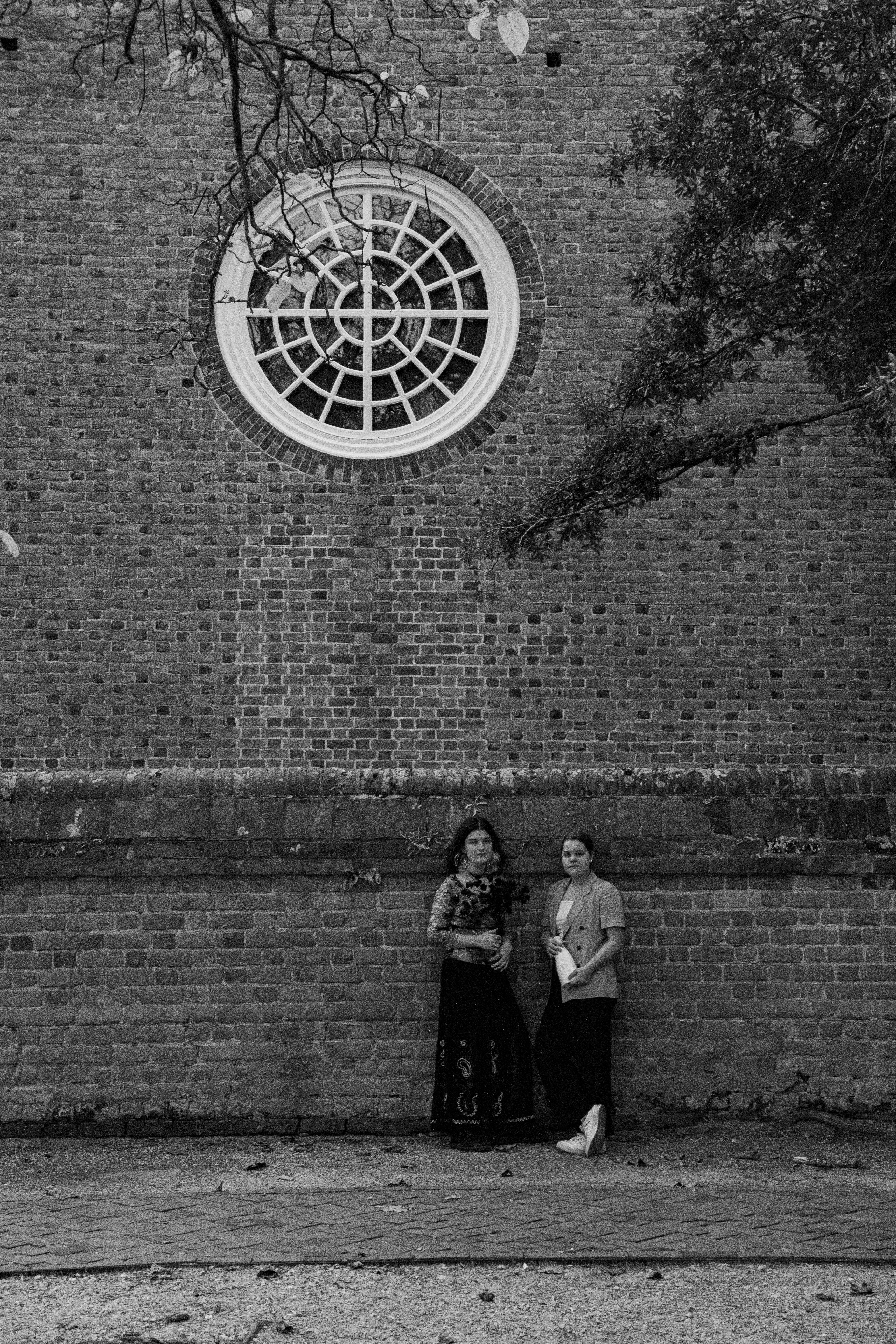
Other accusations included the fact that Casilda had taken a young girl under her wing and taught her various spells. This was backed by the fact that the girl had been seen spending a lot of time at Casilda’s home without the approval of her mother.
“There’s a lot of tension between domestic space and public space and how these are really different. An individual’s domestic space is one in which they have total control as opposed to a public space where you are watched by other people,” Pereira-Lopez said.
Pereira-Lopez also mentioned that she noticed people were more concerned about those who broke any sort of social norm rather than the status of a witch. These accusations were mainly aimed at women, employing aggressive language to create this antithesis of a proper human being. Pereira-Lopez said that everything about suspected witchcraft seemed to be an inversion of societal norms.
“Instead of being fertile women, they’re usually older and don’t have children,” Pereira-Lopez said. “These women are threats to the reproductive environment in the village. And so many people also picked up on witchcraft in more subtle ways. Tropes that have been present since the 16th century are still present here, which is shocking because most of the people that were interviewed [by the Inquisition] weren’t literate.”
Some of these tropes included the ability to make people sleep on command, to enter into people’s homes, and to be able to conjure the devil in their image. To Casilda, the accusations of witchcraft were so effective at derailing her life, that she simply decided to own the allegations and proclaim herself a witch despite being innocent.
“She lived off of charity, so she really had nothing left to lose. At one point, she is very much excluded from the social contract because of the harm she’s [supposedly] inflicting on other villagers. The only way to find power is to assume this image as a witch. She’s trying to find some sort of autonomy even though she knew the risk,” Pereira-Lopez said.
The fact that villagers at this time period knew of tropes that had originated in the 16th century made Pereira-Lopez curious about how they may have passed down these stories, increasing her interest in the power of oral histories.
Fast forwarding many centuries later, Leibowitz is focused on research for their honors thesis regarding the impact of historic witch-trial-themed tourism on modern witchcraft. Leibowitz is majoring in religious studies and completing the Accelerated Master of Public Policy degree. They were able to complete research in Salem, Massachusetts, through the Charles Center Summer Research Grant.
Leibowitz was first introduced to their research topic through their religious studies capstone class, studying the Cry Witch program in Colonial Williamsburg (CW), which focuses on the reenactment of the trial of Grace Sherwood, Virginia’s most famous witch trial.
“It’s famous because she was ducked, she was tried by water,” Leibowitz said. “I found that very interesting that there is this whole realm of witch-related tourism and performance.”
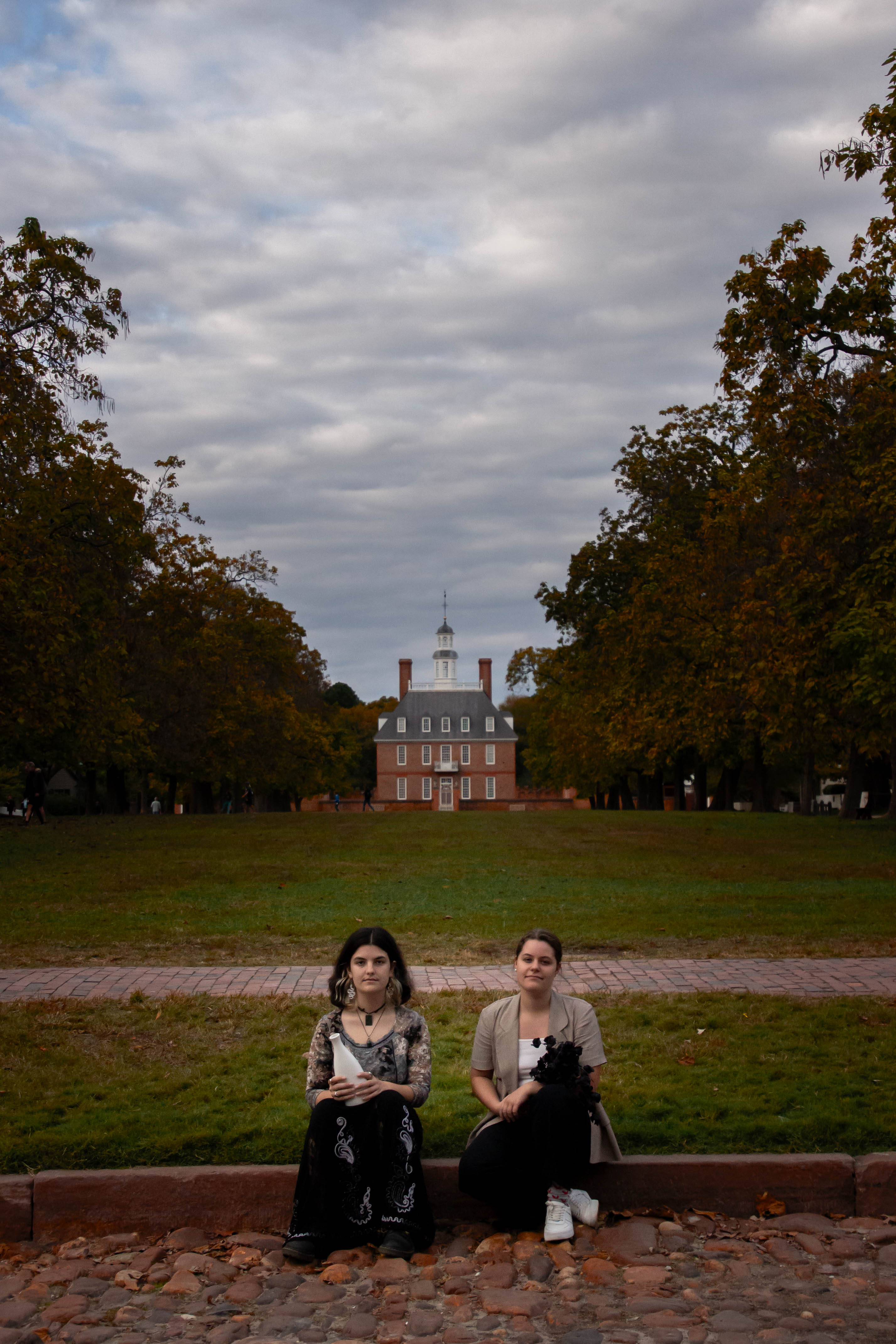
After studying the CW trials, Leibowitz decided to home in on people who are currently practicing Wicca, paganism, spirituality, or other practices and movements that may be tied to witchcraft or contain populations of adherents that use the title of “witch.”
“What I’ve been telling a lot of people who are not familiar with this kind of religious or spiritual area is that it’s like any other religion,” Leibowitz said. “You’re going to find so much diversity of thought and there’s so much disagreement. It’s very similar in a way that I think a lot of people don’t expect.”
Leibowitz’s research centers on studying tourism and pop-culture imagery regarding witches and includes interviews from people in Salem, Connecticut, and parts of Virginia.
They are still in the process of collecting interviews, but of those completed so far, the response has generally been positive or neutral, with many adherents to forms of neopaganism mentioning that tourism was not a concern as long as tourists were aware of witchcraft’s history and respectful of people’s beliefs. Most of all, they were appreciative of the people who came into their stores to learn more.
“Most of the people I’ve interviewed are shop owners. There’s a tendency to be more accepting of this consumerism around witchcraft because that’s their business. I just looked up metaphysical stories in the areas I would be going to. It was easiest in Salem, of course, there’s so many shops there and so many people who are publicly identifying as witches,” Leibowitz said.
Not all interviewees, however, were receptive to witch-related tourism.
“I did talk to one interviewee who was extremely against it,” Leibowitz said. “They were saying that it just feels completely disrespectful to try to commodify in any way the tragedy of the witch trials. Most people I’ve talked to have been kind of ambivalent, leaning positively toward it. But this person was strongly against it.”
Leibowitz mentioned that these interviews are integral to the history of witchcraft and modern paganism, as there is not a lot of historical or modern study of witchcraft that includes the voices of self-identified witches. They also mentioned the complex history behind events like the Salem witch trials and the existence of witches.
“The people I’ve talked to have made it very clear that, as far as the Salem witch trials go, the people who were killed were not actually witches. They were labeled as such because people didn’t like them for other reasons. What happened is that Salem became a hub for witches to come to,” Leibowitz said.
The phenomenon of witches moving to Salem is largely due to the show “Bewitched,” whose studio in Hollywood burned down and moved to Salem. Though there wasn’t a large population of witches in Salem at the time, many self-identified witches decided to move there in order to profit from the increased tourism from the show.
Similarly to Pereira-Lopez, Leibowitz feels a strong connection to Grace Sherwood through the study of her trial. Though Sherwood was not actually a witch, the societal expectations put upon her largely contributed to the accusations.
“She was kind of rude, she was kind of loud, people didn’t like her. Then she was accused of being a witch, and she was put through hell basically just for being a woman that people didn’t like,” Leibowitz said.
Outside of Sherwood, Leibowitz emphasized the importance of being receptive to other religious beliefs and legitimizing their existence. Leibowitz plans to complete interviews this November and then to spend the rest of the year writing their thesis.
As the figure of the witch has captivated audiences across the globe, the concept of witchcraft has slowly evolved over time and has given birth to a wide array of interpretations. The history of witchcraft is a lens by which to study injustices, religious inclusivity, and personal empowerment.
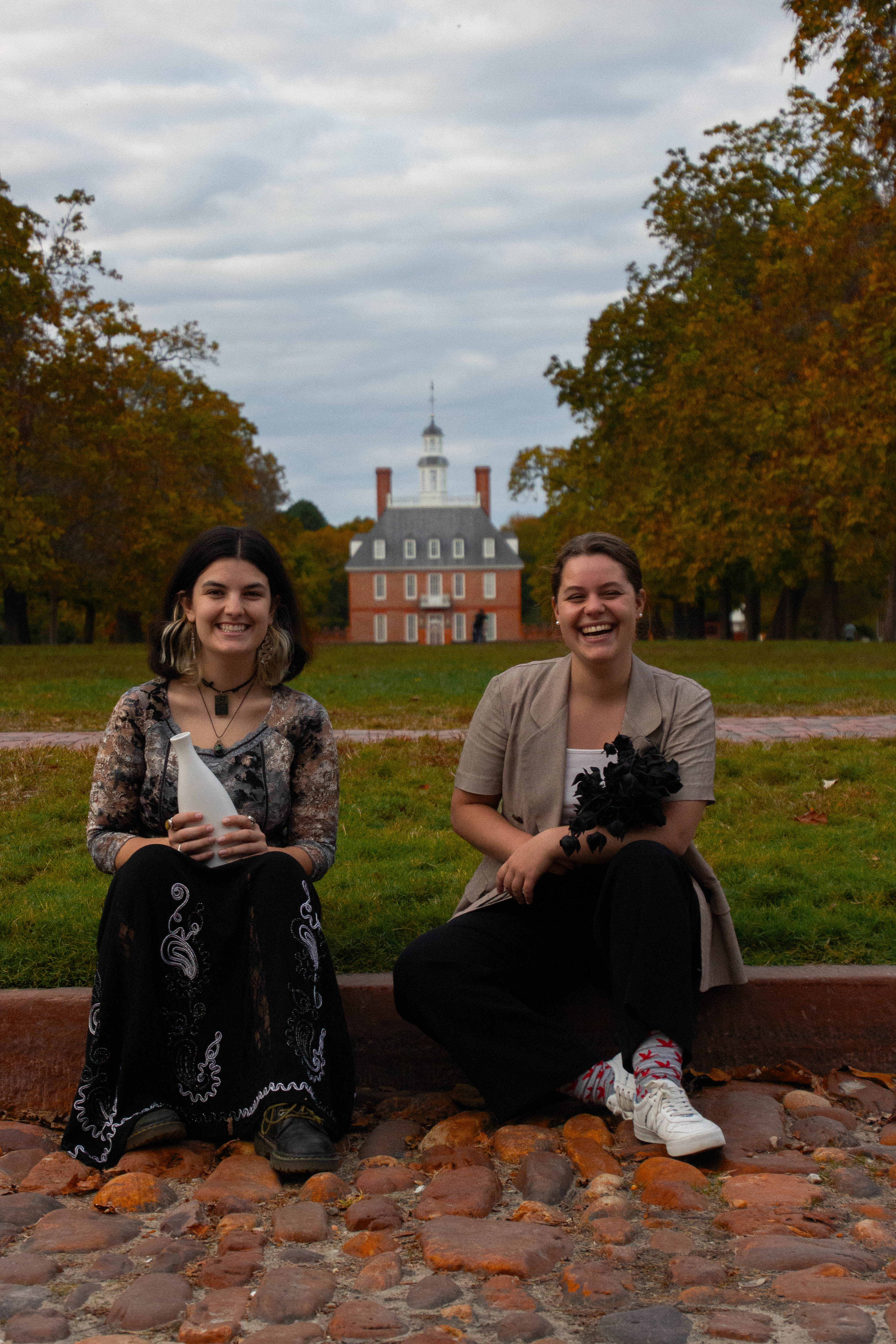
Pereira-Lopez and Leibowitz’s research sheds light on the real, untold stories of one of society’s favorite spooky tropes, revealing that traditionally accepted perceptions of witches are more historically complex than we might think.
Their work also reveals to us that the interdisciplinary, liberal arts research only possible at institutions like William & Mary is a necessity to scholars everywhere, allowing them to better understand and change the world through compassion, connection, and community.
If you are interested in uncovering hidden stories through research, be sure to check out the application for the Charles Center Summer Research Grant and other research opportunities on the Charles Center website. The Charles Center is accepting summer research grant applications through February 19, 2024.
 Skip to main content
Skip to main content
